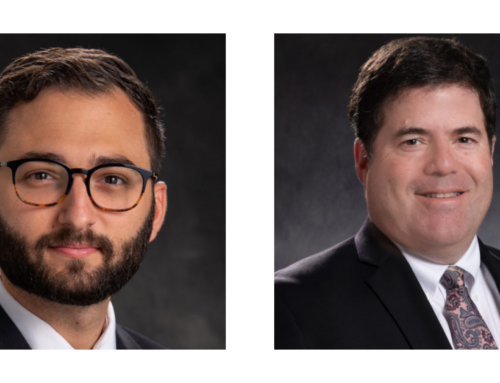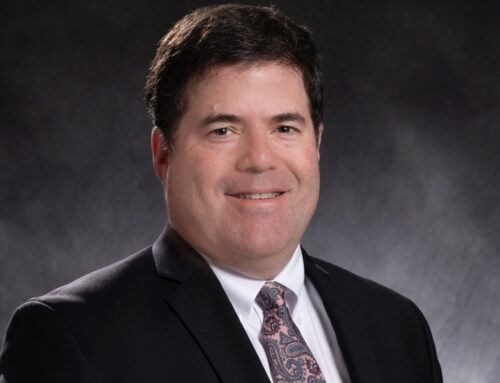By: Scott Borsack
One of the many relief provisions in the CARES Act attempts to allow employers to provide salary continuation benefits for employees while also allowing for the payment of interest on loans, rent and utility charges. The Act provides for loans to be made by financial institutions and the Small Business Administration (the “SBA”) a portion of which may be forgiven. The usual requirements for personal guarantees and collateral for SBA loans have been waived. Business owners should proceed with caution, though, as electing to participate in this program will prevent participation in traditional SBA loan programs.
An employer is eligible to secure an SBA loan under the CARES Act (a “Paycheck Loan”) in the amount of the lesser of $10,000,000 or 2.5 times the average monthly employee payroll costs incurred by the employer during the 1 year period prior to the loan date. Payroll costs include wages (of no more than $100,000 per employee), employer contributions of payroll taxes, employee benefits and paid time off accruals. So for example, an employer with a monthly average payroll of $200,000 could secure a Paycheck Loan in the amount of $500,000. To be eligible for the loan the employer must generally have no more than 500 employees, but there are detailed exceptions for employers in the food and restaurant industry that relax this limitation. Generally the Paycheck Loan has to be repaid over 10 years and interest charged can be no more than 4%.
An employer can then apply for loan forgiveness based upon how the employer uses the proceeds of the Paycheck Loan. Since a purpose of the program is to provide the means to employers to continue their employees on payroll for eight (8) weeks, the greater the amount of loan proceeds directed to payroll and the retention of employees and other covered expenses, the greater the amount of principal forgiveness of the loan. Use of the proceeds of the loan to pay for rent, interest on loans, utility charges and employee payroll can support a request for principal forgiveness. But there are a couple of catches to be aware of.
In order to maximize the forgiveness benefit an employer must maintain employment levels after the Paycheck Loan at the levels which existed prior to the loan. So the amount of otherwise qualifying disbursements as noted above will be reduced by multiplying the proceeds used to pay eligible expenses by a fraction the numerator of which is the average number of monthly full time employees during the eight week period following the loan and the denominator is the average number of monthly employees from February 15, 2019 through June 30, 2019. Employees who were terminated prior to the Paycheck Loan but brought back anytime prior to June 30, 2020 are treated as if they were not terminated. An employer may also reduce employee compensation during the post loan period by no more than 25% and still be able to claim forgiveness without reduction. If the compensation paid to any particular employee is reduced by more than 25% over average compensation paid prior to the loan, then the portion of principal eligible for forgiveness is reduced on a dollar for dollar basis by the amount of salary reduction in excess of 25% of the average monthly compensation paid to such employee.
Full time employees and equivalents are those who perform services for 30 hours or more. Two part time employees who both work 15 hours or more can be added to count as a single full time equivalent.
Since participation in the Paycheck Loan can limit eligibility in other SBA programs as noted above, employers should consider this program carefully. Employee salaries paid with the proceeds of a Paycheck loan cannot provide the basis for a loan under another SBA program. With loan forgiveness however, employers motivated to provide salary continuation to their employees should not miss the opportunity offered by the Paycheck Loan program.
Scott Borsack is a business attorney and partner in the Lawrenceville, NJ law firm of Szaferman, Lakind. He can be reached at 609-275-0400 or via email at sborsack@szaferman.com.
For more COVID-19 related resources and articles visit our COVID-19 Resource Center.
The foregoing is intended for general information purposes and is no substitute for specific legal advice.






